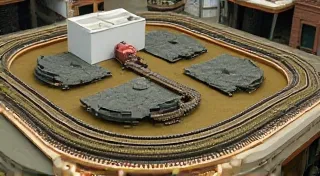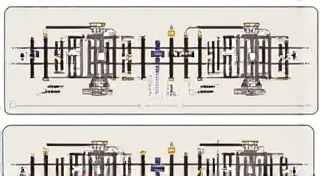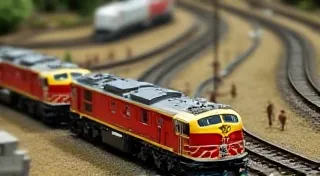The Benefits of a Portable Model Railroad Layout
For many miniature railroad enthusiasts, the dream is a sprawling, detailed layout that fills an entire room. However, reality often dictates compromises. Space limitations, relocation possibilities, or the desire to showcase your work at train shows often necessitate a different approach: the portable model railroad layout. While they present unique challenges, the benefits of a transportable layout are significant and well worth considering.
Why Go Portable?
Let's explore the key advantages of building a model railroad you can easily move:
- Limited Space Solutions: This is the most common reason. A portable layout allows you to enjoy the train hobby even in apartments, smaller homes, or if you simply lack dedicated space. You can set it up and take it down as needed, freeing up valuable room.
- Showcasing Your Work: Portable layouts are fantastic for train shows, club events, and demonstrations. Seeing your hard work on display and interacting with other hobbyists is incredibly rewarding.
- Relocation Ease: Moving house? A portable layout drastically reduces the stress of dismantling and rebuilding a permanent layout. Simply pack it up and transport it to your new location.
- Flexibility in Design: The constraints of a portable layout can actually foster creativity. You’re often encouraged to focus on key scenes and create a visually compelling, self-contained miniature world.
- Experimentation & Learning: Building a portable layout is a fantastic way to experiment with new techniques and track plans without the commitment of a permanent installation.
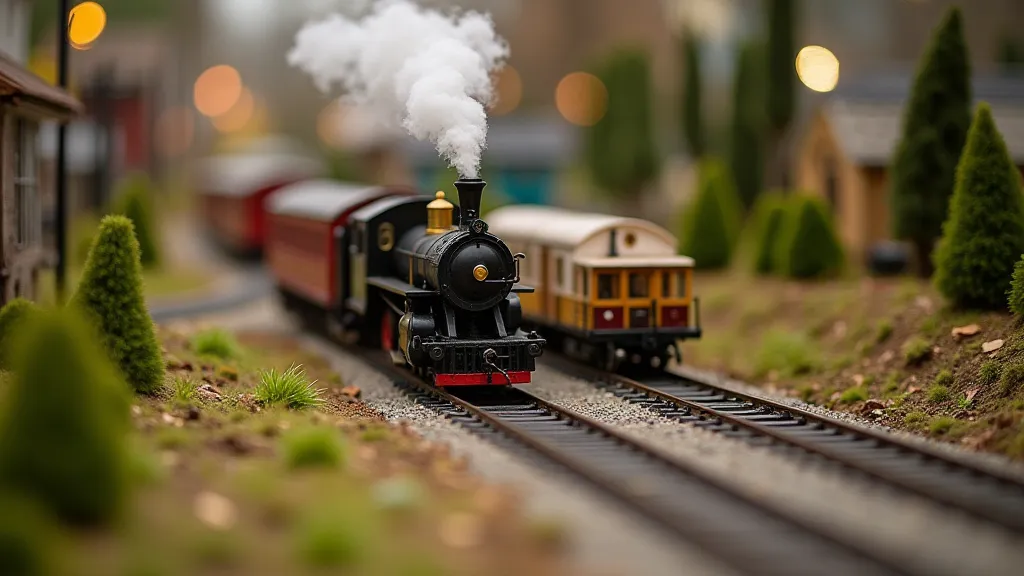
Challenges to Consider
While portable layouts offer numerous benefits, it's important to be aware of the challenges involved:
- Structural Integrity: The layout needs to be robust enough to withstand transport. This means using sturdy base materials and ensuring proper bracing.
- Weight and Size: Larger portable layouts can become quite heavy and unwieldy. Careful planning and lightweight materials are essential.
- Track Alignment: Maintaining consistent track alignment during transport and reassembly can be tricky. Consider using locking mechanisms and carefully documenting the layout's construction.
- Electrical Considerations: Wiring and power distribution need to be secure and easily manageable. Modular electrical systems are often a good choice.
- Limited Scenery Detail (Often): While not always the case, smaller portable layouts might require sacrificing some of the extreme detail possible with larger, permanent setups to maintain portability.
Design & Construction Tips
Here are a few tips to guide your portable layout build:
- Modular Design: Break the layout into smaller, manageable modules that can be transported and assembled independently.
- Lightweight Materials: Use materials like foam board, plywood, or lightweight plastics for the base and scenery.
- Strong Joints: Employ robust joining techniques – screws, bolts, and strong adhesives – to ensure structural stability.
- Removable Scenery: Consider making some scenery elements removable for easier transport.
- Secure Wiring: Use terminal blocks and secure wiring harnesses to prevent damage during transport.
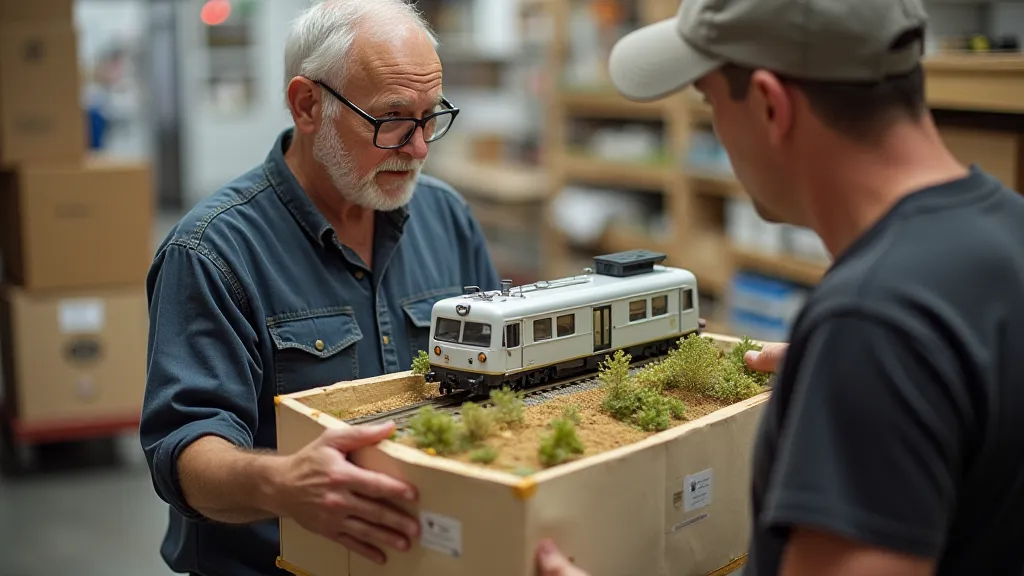
Planning is Key
Building a portable model railroad layout requires meticulous planning. Carefully consider the size and weight limitations, transportation methods, and display conditions. Sketch out your design, create a detailed parts list, and anticipate potential challenges. The extra effort in planning will be rewarded with a functional, enjoyable, and impressive portable railroad experience.


